How to Find the Probability of Compound Event?
Compound probability is the probability of two or more independent events occurring together. In this article, you will learn how to find the probability of a compound event in a few simple steps.
[include_netrun_products_block from-products="product/6-virginia-sol-grade-3-math-practice-tests/" product-list-class="bundle-products float-left" product-item-class="float-left" product-item-image-container-class="p-0 float-left" product-item-image-container-size="col-2" product-item-image-container-custom-style="" product-item-container-size="" product-item-add-to-cart-class="btn-accent btn-purchase-ajax" product-item-button-custom-url="{url}/?ajax-add-to-cart={id}" product-item-button-custom-url-if-not-salable="{productUrl} product-item-container-class="" product-item-element-order="image,title,purchase,price" product-item-title-size="" product-item-title-wrapper-size="col-10" product-item-title-tag="h3" product-item-title-class="mt-0" product-item-title-wrapper-class="float-left pr-0" product-item-price-size="" product-item-purchase-size="" product-item-purchase-wrapper-size="" product-item-price-wrapper-class="pr-0 float-left" product-item-price-wrapper-size="col-10" product-item-read-more-text="" product-item-add-to-cart-text="" product-item-add-to-cart-custom-attribute="title='Purchase this book with single click'" product-item-thumbnail-size="290-380" show-details="false" show-excerpt="false" paginate="false" lazy-load="true"]
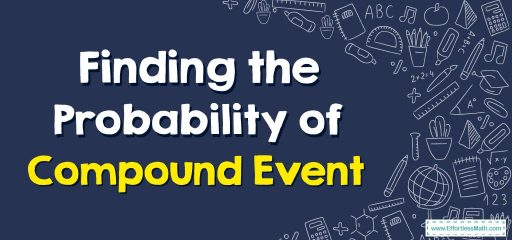
Related Topics
A step-by-step guide to finding the probability of a compound event
The compound probability of compound events (mutually inclusive or mutually exclusive) can be defined as the probability of two or more independent events occurring together. An independent event is an event whose outcome is not affected by the outcomes of other events.
A mutually inclusive event involves a situation where one event cannot occur with the other while an exclusive mutual event is when both events cannot occur at the same time. The compound probability will always lie between \(0\) and \(1\).
Compound probability formulas
There are two formulas for calculating compound probability depending on the type of events that occur.In general, to find the compound probability, the probability of the first event is multiplied by the probability of the second event, and so on. The compound probability formulas are given below:
Mutually exclusive events compound the probability
\(\color{blue}{P(A\: or B) = P(A) + P(B)}\)
Using set theory, this formula is presented as follows:
\(\color{blue}{P\left(A\:∪\:B\right)\:=\:P\left(A\right)\:+\:P\left(B\right)}\)
Mutually inclusive events compound the probability
\(\color{blue}{P\left(A\:or\:B\right)\:=\:P\left(A\right)\:+\:P\left(B\right)\:-\:P\left(A\:and\:B\right)}\)
\(\color{blue}{P\left(A\:∪\:B\right)\:=\:P\left(A\right)\:+\:P\left(B\right)\:-\:P\left(A\:⋂\:B\right)}\)
where \(A\) and \(B\) are two independent events, and \(\color{blue}{P\left(A\:and\:B\right)\:=\:P\left(A\right)\times \:P\left(B\right)}\)
Finding the Probability of Compound Event – Example 1:
If a dice is rolled, find the compound probability that either a \(2\) or \(4\) will be obtained.
Solution: \(P (2)=\frac {1}{6}\), \(P(4)= \frac{1}{6}\)
Since this is an example of a mutually exclusive event, therefore, the compound probability formula is used: \(P\left(A\:or\:B\right)\:=\:P\left(A\right)\:+\:P\left(B\right)\)
\(P (2\: or\: 3)=\frac {1}{6}+\frac {1}{6}\)
\(=\frac {1}{3}\)
Related to This Article
More math articles
- How to Perform Operations of Decimals and Whole Numbers: Word Problems
- How to Interpret Histogram? (+FREE Worksheet!)
- 6th Grade Georgia Milestones Assessment Math Worksheets: FREE & Printable
- The Best Calculators for Grade 9 Students
- How to Compare Linear Functions: Equations, Tables, and Graphs
- Treasure Hunt in Geometry: How to Navigate Through Polygons’ Scale Drawings
- How to Solve Word Problems Involving Comparing Percent and Fractions?
- The Ultimate PSAT Math Course (+FREE Worksheets & Tests)
- How to Find Vertical Angles? (+FREE Worksheet!)
- GED Math Study guide: 11 Steps to pass the GED Test in 2026!

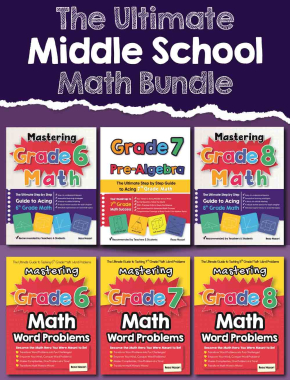
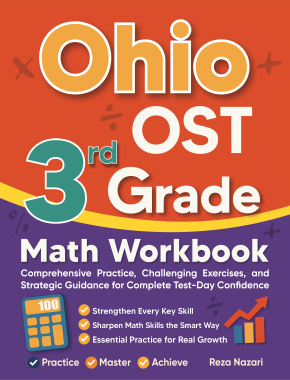
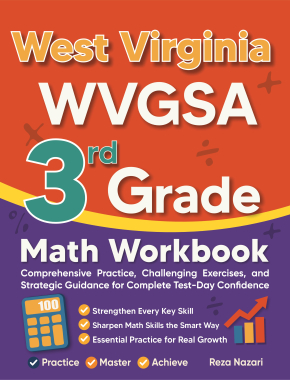
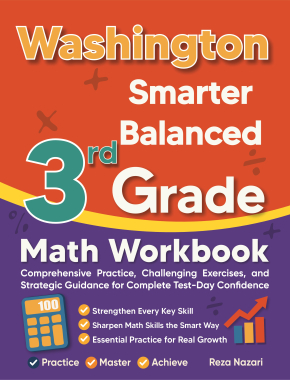
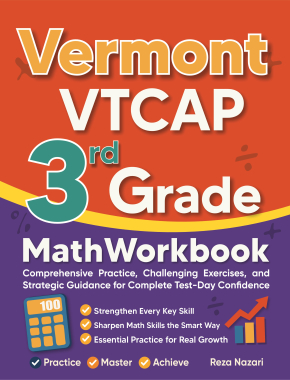
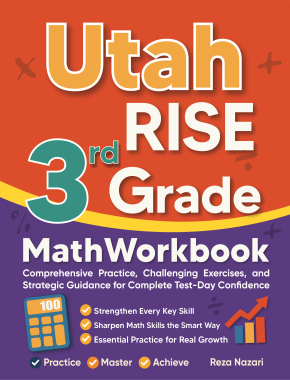
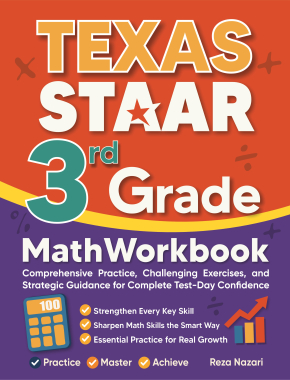
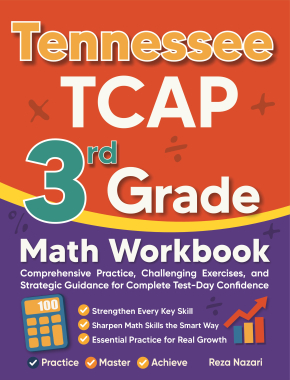
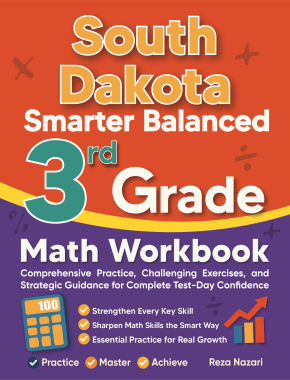
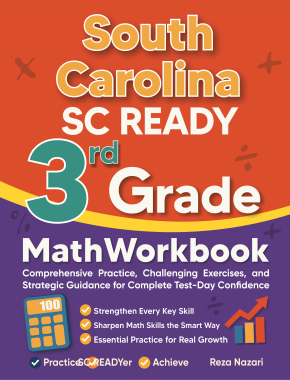
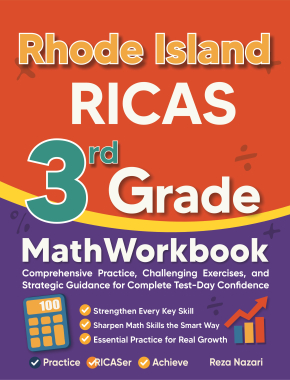
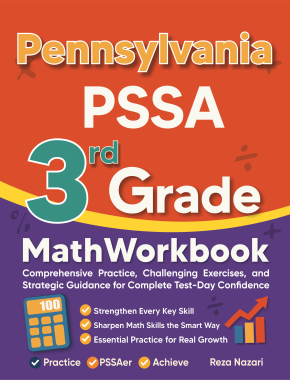
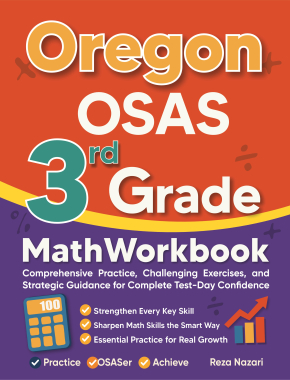
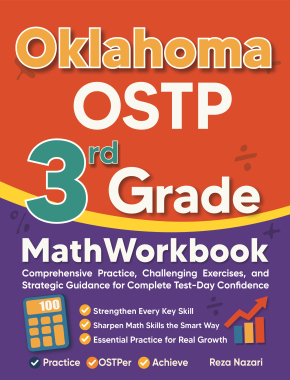
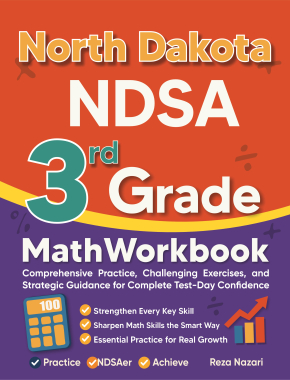
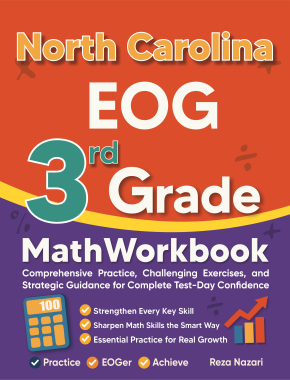

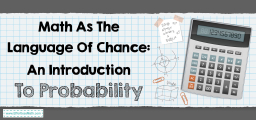
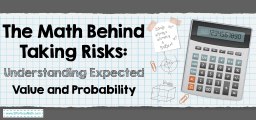


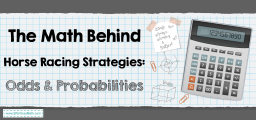


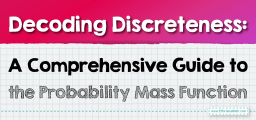

What people say about "How to Find the Probability of Compound Event? - Effortless Math: We Help Students Learn to LOVE Mathematics"?
No one replied yet.